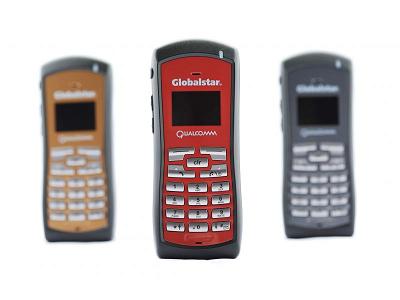Wireless Indoor Solutions - Jumper Cables
CELLFLEX® foam dielectric jumper cables provideprovide the ideal combination of low-loss, high-strength and highest flexibility for optimum performance. Jumper cables are mainly used between main feeders and antennas or between main feeders and system equipment.
The use of jumpers provides greater flexibility if antennas are to be changed due to network upgrades, while the network is getting mature, reduced mechanical stress on antennas and connectors and better accessibility of feeder terminations (i.e. for trouble shooting).
Four lines of jumper assemblies are available, depending on cable type and connector configuration. The premium soldered, premium molded as well as the factory fit jumper line is already factory assembled with fully soldered connectors. The assembled jumper line is delivered as a kit with standard connectors to be installed on site or factory installed. In general, it can be said that the soldered versions offer advantages with regard to intermodulation performance. The assembled version gives higher flexibility in length and connector options and shortens delivery cycles for seldom-requested versions.
Characteristics of CELLFLEX® jumper cables are:
- Excellent contact force
- Low and stable intermodulation product IM3
- Excellent RF screening effectiveness
- Designed to IP68 classification
Passive third order intermodulation is a threat in mobile communication especially for multi-channel systems incorporating duplexers. For RFS jumpers the third order intermodulation is typically reduced to values below -155 dBc (which means 155 dB lower than the two incident test carriers of +43 dBm). For RFS soldered connectors of the premium soldered, premium molded and factory fit jumper lines this value is improved to typically -162 dBc.
The jumper cables are for indoor and outdoor applications and withstand severe environmental conditions.
Jumper assemblies are watertight (transversally and longitudinally), providing additional safety even if humidity should enter the coaxial system. Additional sealing (e.g. weather-proofing kits) can be used but is not mandatory.
